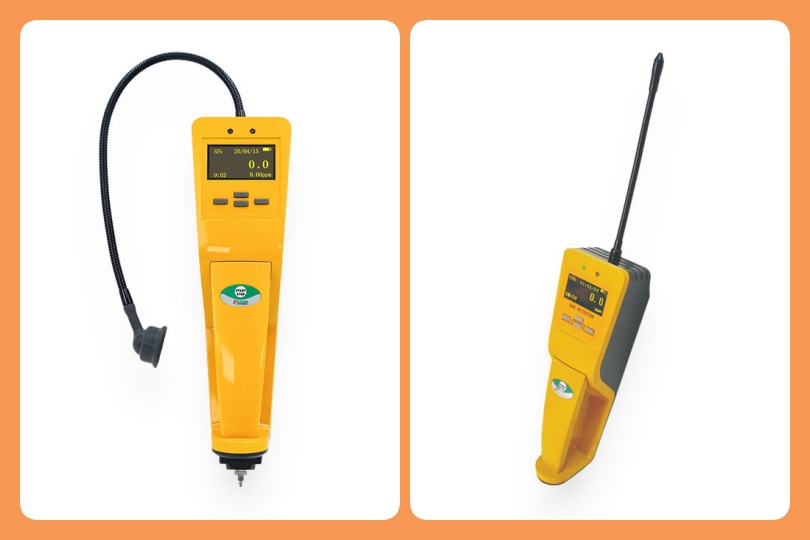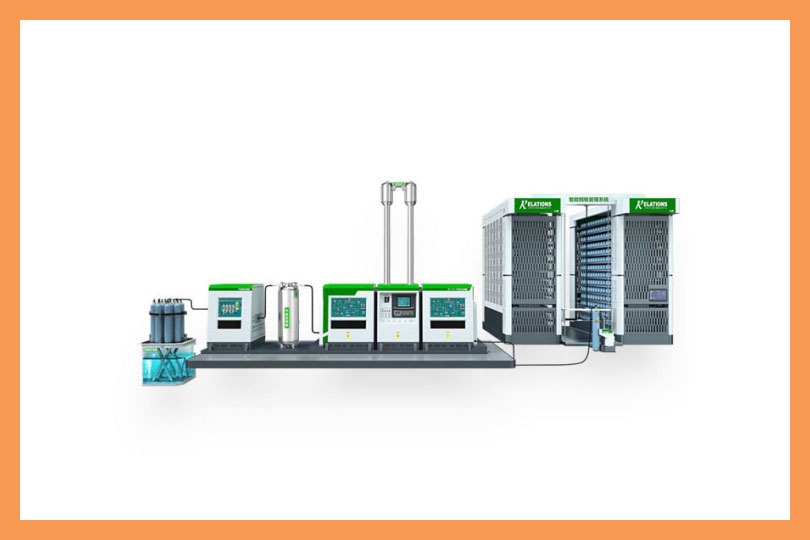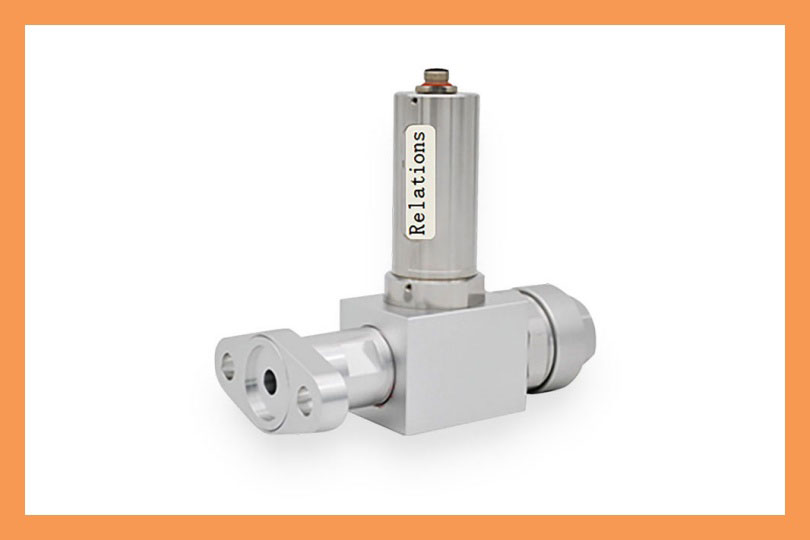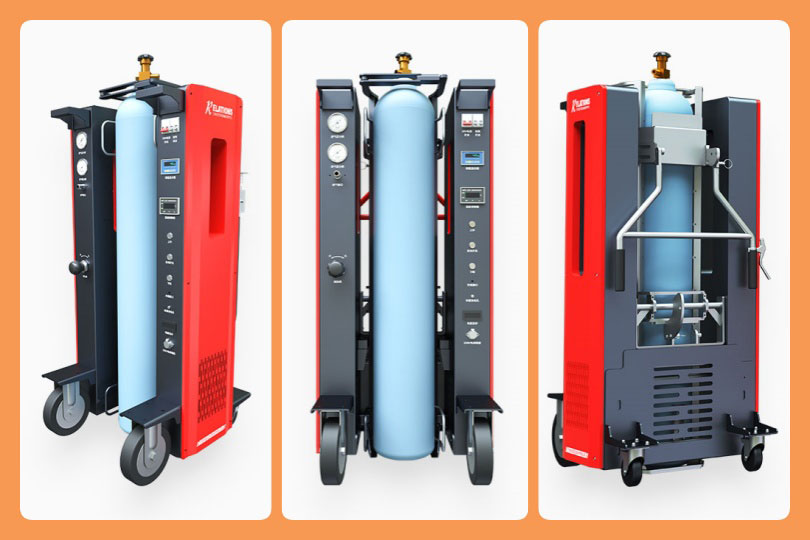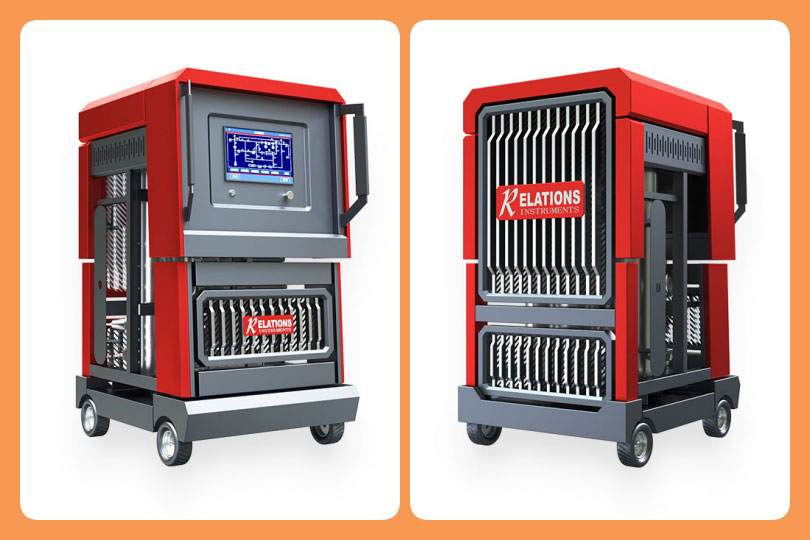Need Help: Providing Innovative and Sustainable Solutions.
Office Hours: 08:30am-6:00pm
How to Fix Slow SF6 Gas Recovery Speed? Common Issues & Solutions
Date
2025-09-09
[email protected]
Website
www.sf6gasdetector.com
Get Solutions And Quotes
How to Fix Slow SF6 Gas Recovery Speed? Common Issues & Solutions
SF6 (sulfur hexafluoride) is a critical gas in power systems, valued for its excellent insulation and arc-quenching properties—making it indispensable for GIS (gas-insulated switchgear), transformers, and circuit breakers. However, SF6 is a potent greenhouse gas (with a global warming potential 23,500 times that of CO₂ over 100 years), so recycling and reusing it is not just an environmental requirement but also a cost-saving measure for utilities. Despite its importance, SF6 gas recycling often faces technical hurdles that disrupt efficiency and safety. This guide breaks down the most common issues in SF6 gas recycling and provides step-by-step troubleshooting solutions to keep operations on track.
1. Low SF6 Gas Purity After Recycling
Issue Description: The recycled SF6 gas fails to meet industry purity standards (typically ≥99.9% purity, with moisture ≤50 ppmv and air ≤1% by volume). Impure gas can damage equipment, reduce insulation performance, and lead to costly downtime.
Common Causes:
- Clogged or expired filtration systems (e.g., particulate filters, moisture absorbers).
- Contaminated source gas (e.g., mixing with air, oil, or other impurities during equipment decommissioning).
- Malfunctioning drying units (e.g., desiccant saturation, heater failure in heatless dryers).
Troubleshooting Steps:
- Test the filtration system: Inspect filter cartridges for discoloration or blockages; replace them if they show signs of wear (follow the manufacturer’s recommended replacement cycle).
- Analyze the source gas: Use an SF6 gas analyzer to test the original gas before recycling—if impurities exceed 5%, pre-treat the gas with a pre-filtration unit to remove oil or particulates.
- Check the drying unit: Replace saturated desiccants (e.g., molecular sieves) and verify that the dryer’s heater or fan is functioning; calibrate the moisture sensor to ensure accurate readings.
2. Slow SF6 Recovery Speed
Issue Description: The recycling equipment takes longer than usual to extract SF6 from the target device (e.g., exceeding 2 hours for a standard GIS tank). Slow recovery delays maintenance schedules and increases labor costs.
Common Causes:
- Blocked or kinked recovery hoses: Debris (e.g., dust, oil residue) or physical damage to hoses restricts gas flow.
- Underperforming vacuum pump: The pump (a core component of SF6 recyclers) may have low oil levels, worn seals, or a clogged inlet filter.
- Insufficient pressure difference: The target device’s internal pressure is too low (≤0.1 MPa) to drive gas flow into the recycler.
Troubleshooting Steps:
- Inspect hoses: Disconnect and visually check for kinks; use compressed air to blow out debris from the inner lining. Replace hoses with cracks or damaged fittings.
- Service the vacuum pump: Check the oil level (top up with manufacturer-approved vacuum oil if low) and replace the oil if it appears cloudy. Inspect seals for leaks and clean the inlet filter with a dry brush.
- Boost pressure (if safe): If the target device’s pressure is too low, use a clean nitrogen tank (≤0.2 MPa) to gently pressurize the system—ensure no nitrogen mixes with SF6 by isolating the lines first.
3. SF6 Leakage During Recycling
Issue Description: SF6 gas escapes from the recycling system (e.g., at hose connections, valves, or the recycler’s tank), posing environmental risks and reducing gas recovery rates.
Common Causes:
- Worn or damaged seals (e.g., O-rings in valves or hose fittings).
- Loose connections: Vibrations during operation can loosen hose clamps or valve bolts.
- Cracked recycler tank: Rare but possible if the tank is old or has been exposed to extreme temperatures.
Troubleshooting Steps:
- Conduct a leak test: Use an SF6 gas leak detector (set to a sensitivity of ≤1 ppmv) to scan all connections, valves, and the tank. Mark leak points with tape for repair.
- Replace seals and tighten connections: Swap out worn O-rings with compatible, high-temperature-resistant seals (e.g., Viton). Use a torque wrench to tighten bolts to the manufacturer’s specified torque (typically 15–25 N·m).
- Inspect the tank: If a tank crack is detected, stop operations immediately—do not attempt to repair it; contact the equipment manufacturer for a replacement to avoid safety hazards.
4. Abnormal Pressure in the Recycling System
Issue Description: The recycler’s pressure gauge shows unexpected spikes (≥1.5 MPa) or drops (≤0.05 MPa) during operation, which can damage the system’s valves or rupture hoses.
Common Causes:
- Faulty pressure sensor: The sensor may be calibrated incorrectly or damaged, leading to false readings.
- Stuck check valve: A check valve (designed to prevent reverse gas flow) may be jammed by debris, causing pressure buildup.
- System leaks (as discussed in Section 3): Unnoticed leaks can lead to sudden pressure drops.
Troubleshooting Steps:
- Calibrate the pressure sensor: Use a calibrated pressure reference tool to verify the sensor’s accuracy. If off, follow the manufacturer’s instructions to recalibrate or replace the sensor.
- Clean the check valve: Disassemble the valve (only if trained to do so) and remove debris with a soft cloth; apply a small amount of silicone grease to ensure smooth operation.
- Rule out leaks: Perform a leak test (as in Section 3) to confirm no gas is escaping—address leaks first before restarting the system.
Preventive Measures to Reduce SF6 Recycling Issues
While troubleshooting fixes immediate problems, prevention is key to long-term efficiency:
- Schedule regular maintenance: Inspect filters, seals, and pumps every 3 months; replace consumables (e.g., desiccants, oil) per the manufacturer’s guidelines.
- Train operators: Ensure staff are certified to handle SF6 recyclers—proper operation (e.g., avoiding over-pressurization, using clean hoses) reduces human error.
- Use high-quality consumables: Cheap, non-compatible filters or seals often cause leaks and purity issues; stick to OEM (original equipment manufacturer) parts.
SF6 gas recycling is vital for environmental sustainability and power system cost-effectiveness, but common issues like low purity, slow recovery, leaks, and pressure abnormalities can hinder operations. By following the troubleshooting steps outlined above—paired with proactive maintenance—utilities can minimize downtime, ensure compliance with environmental regulations, and extend the lifespan of both the recycling equipment and the SF6 gas itself. For complex issues (e.g., major tank damage or pump failure), always consult the equipment manufacturer or a certified SF6 service provider to avoid safety risks.
Realize The Recycling Of Sf6 Gas

